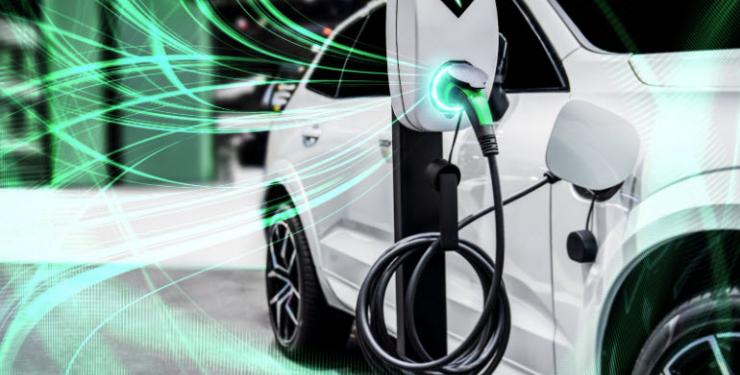EV Acceleration: How the Transmission Works and Why It's Unique
Electric vehicles (EV) have gone from a novel concept to a mainstream and viable vehicular alternative in just a few short decades. And while just about everything between conventional and electric vehicles differs significantly, the differences between an Internal Combustion Engine Vehicle (ICEV) and EV transmission are by no means among the least subtle - particularly since many people are unaware that EVs even have one.
Transmissions are vital components for combustion engine vehicles, but what if any purpose do they serve within an electric vehicle? In this article, we’ll examine the workings and differences between a traditional and EV transmission, and why the latter offers so many advantages to its respective vehicle.

Why do Vehicles Have Transmissions?
The answer is a relatively simple one. Without a transmission, a vehicle’s motor would literally destroy itself from either unabated revolutions, or simply overheating to the point where it is no longer functional. From a more practical perspective, vehicles have transmissions to ensure that operating one is safe by limiting the maximum velocity that one can achieve from behind the wheel.
If you aren’t familiar with how a transmission works, think about the last time you took a drive. As you press down on the accelerator, the car moves faster. With an increase in speed, the revolutions – or RPMs – also increase. The transmission essentially aims to keep the RPMs at a reasonable level in spite of the increase in acceleration by shifting through a number of gears. Managing revolutions has the added benefit of managing fuel consumption, since allowing a vehicle to operate at maximum revolutions from point A to point B would empty your gas tank much faster than it already does.
How Does a Transmission Work in an ICE Vehicle?
To expand a bit further on the above, a transmission is a gear box that is mounted directly onto the engine that takes the energy generated by internal combustion and transforms it into forward or reverse momentum. For many drivers, this function is performed automatically without any additional input from the user (via automatic transmission), but even for those operating a vehicle with a user controlled or manual transmission, the gear box operates the same way. When engaged, the clutch or gear lever moves the clutch plates into position so that they engage the larger gears, which of course, are connected to the differential (i.e. a gear train consisting of three drive shafts). As the gears change, the amount of power that is delivered from the engine to the wheels will also change.
How Does a Transmission Work in an EV?
Clearly, an electric vehicle does not rely on internal combustion for propulsion and fuel economy is a non-issue, so you might be wondering why a transmission would even be necessary in an EV. First, the way a transmission works in an EV is very different than the way it works in a vehicle powered by a combustion engine. An electric vehicle, upon acceleration, creates torque almost instantly, which is very different from an ICE. Conventional vehicles have “multi-stage” speed transmission, which requires users to accelerate the vehicle in order to manually or automatically shift through the various gears. An electric vehicle, on the other hand, has a single speed transmission, which, to the uninitiated, may seem unnecessary. To put it simply, the one-gear transmission in an EV can accommodate speeds across a much wider spectrum.
When you press on the accelerator in an EV, electricity travels from the battery to the motor. The motor, in turn, will spin the single-gear electric gearbox and the vehicle will propel forward. In contrast to the gearbox within a combustion engine vehicle which, consequently, is used to keep the RPMs at a reasonable level (typically under 7,000), some electric motors can operate upwards of 20,000 RPMs without issue.
Global Demand Projections for EVs and EV Transmissions
It should come as no surprise that the global demand for electric vehicles is experiencing a meteoric rise. Components like spark plugs, oil filters, timing belts, cylinder heads and more are non-existent expenditures as far as electric vehicles go so the gradual reduction in cost of ownership and maintenance is appealing to more and more drivers. With that said, there is upward pressure on EV components, including EV transmissions. Just a few short years ago in 2019, the global electric vehicle transmission market was well below $5 billion. This demand is expected to more than quadruple to over $20 billion by 2027. As this demand continues to grow, it's reasonable to expect that we’ll see an equal increase in demand for ancillary products and services, such as those provided by EV technicians.
Transmissions are Just as Integral in Electric Vehicles
As we’ve seen, transmissions are equally vital components for combustion engine vehicles and electric vehicles. We’ve also seen that, due to a significant increase in EV ownership, the global demand on EV transmissions will experience an equal upward trend. If you’re interested in working with EVs or servicing and maintaining EV transmissions, begin your journey by enrolling in GBC’s EV Technician Training program.
